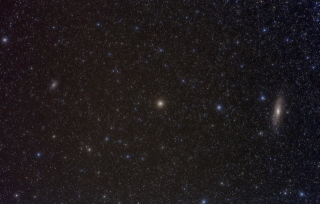Chap. 7 Epilogue
The movement of the planets is described by the long-range force described by Newton Mechanics.
However, the planets consist of short-range forces such as intermolecular bonding or chemical bonding.
The substance is not formed by the gravitation, but it is formed by the Coulomb force.
So, the mechanism of planet’s formation needs the science of the substance.
Hayashi et al described three unresolved issues at the beginning of the thesis,
“Formation of the Solar system” in 1985. (1) The formation of the primitive Solar system disk,
(2) The disappearance of the gas component of the primitive solar system, (3) The origin of the meteorite.
Up to now, the planetology has been tried to explain by the movement of the celestial body and the collision of the meteorite.
The issues pointed out are not fully resolved yet. In the past, the theory of the formation of the solar system has been discussed mainly from the viewpoint of mechanics.
It has been attempted to explain the phenomena by collision of meteorites or transition of a celestial orbit.
The short period of orbit that close to the center of gravity is caused by the increase of kinetic energy due to deep position of the gravitational potential. T
he state of the celestial body depends on the law of equilibrium (Virial theorem).
As a result of planetary exploration from the second half of the twentieth century, many photos and physical data about the planet were obtained.
The data were contributed to summarize this comparative planetology based on material physics.
The author expects this website to contribute to the progress of the planet. [C.G.: provided by Pixta]

This website was produced by Shinji Karasawa.
[References]]
[1] Martin Reese, "Space Large ship" Neko Publishing, 2014. [Original: Martin Rees ed., "Universe-A long tour of the Universe-", Dorling Kindersley Led. 2012].
[2] National Astronomical Observatory, "Science Chronology" Maruzen
publication. 1991, vol. 91, 2017. [3] David c. Black et.al. ed., "Protostars
& Planets Ⅱ" The Univ. of Arizona pres.1985.
[4] C. Hayashi, et.al, "Formation of the Solar System", "Protostars
& Planets Ⅱ" the Univ. Arizona Pres. pp.1100-1153, 1 985.
[5] Chabrier, G., Baraffe, I, Low-mass stars and Substellar objects, Ann. Rev. Astron. Astrophys. 38 (2000) 337-377.
[6] Shigeru Moriyama, "The history of the atmosphere-from the primitive atmosphere to the planetary atmosphere-", Tokyo-dou Publishing Co. 1981.
index -7.1-